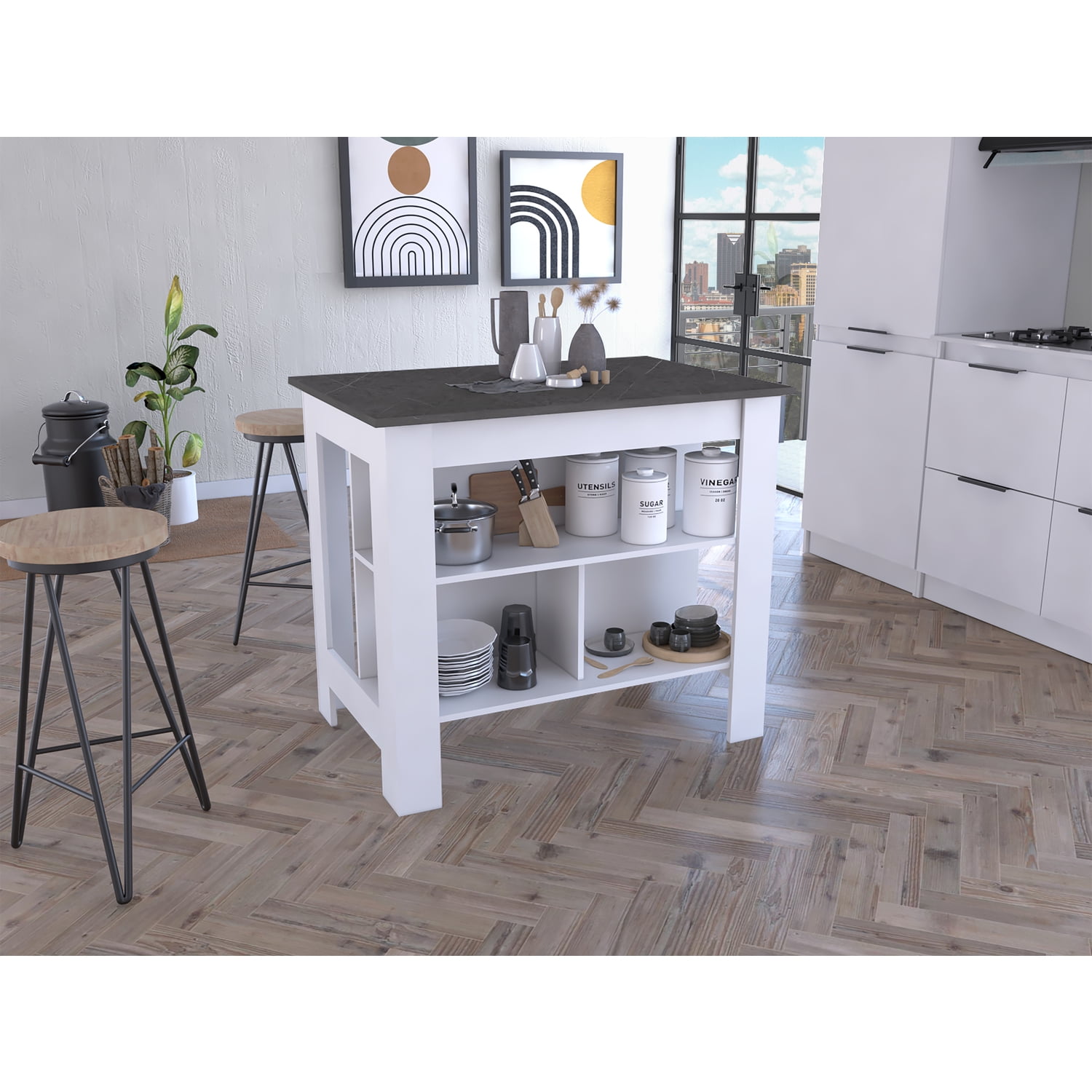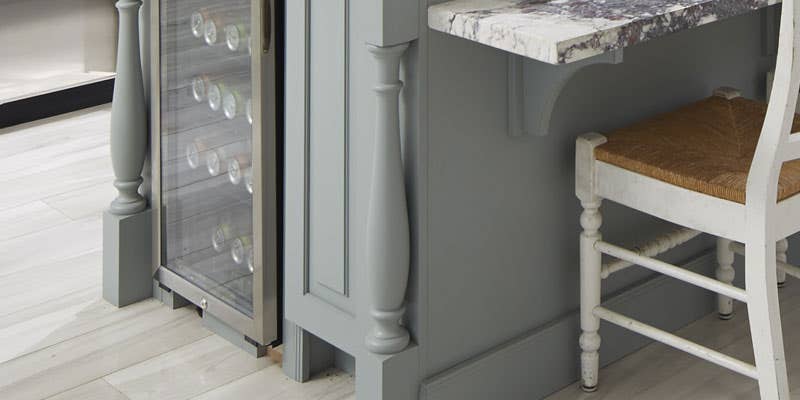Add Security and Elegance with Durable Legs For Kitchen Island Setups
Add Security and Elegance with Durable Legs For Kitchen Island Setups
Blog Article
Secret Factors To Consider for Locating the Ideal Legs For Cooking Area Island for Your Design
When choosing the ideal legs for your kitchen island, several vital factors to consider enter play that can significantly influence both capability and looks. The selection of elevation, design, and product need to straighten with your general cooking area layout to make sure a harmonious appearance. Additionally, security and maintenance needs are critical for long-lasting usage and convenience of treatment. Recognizing these variables can enhance your kitchen area's functionality and aesthetic allure, but the nuances of each consideration can commonly be forgotten. What effects might these selections have on your cooking area's general environment?
Determine Your Design Choice
When picking the excellent legs for your kitchen island,Establishing your design preference is critical. The legs of your kitchen area island not only offer a practical purpose however additionally contribute significantly to the general visual of the room. Determining your design style-- be it modern-day, rustic, typical, or commercial-- is necessary.
For a modern kitchen area, think about smooth, minimalistic legs that match tidy lines and open areas. On the other hand, a rustic setting might benefit from more durable, farmhouse-style legs made from redeemed products. Typical cooking areas commonly prefer turned or luxuriant legs, which can add a touch of beauty and sophistication. A commercial visual may call for steel legs that stress a raw, unfinished look.
Additionally, take into consideration the height and percentage of the legs in regard to the island's surface area. This ensures the visual equilibrium and capability required for everyday use. Assessing the existing components in your kitchen, such as cabinetry and devices, can also guide your choice, making sure cohesiveness in layout. Eventually, your design preference will certainly influence not just the selection of legs but likewise the total consistency of your cooking area's layout.
Choose the Right Product
Picking the best material for your cooking area island legs is essential in guaranteeing both sturdiness and aesthetic allure. Numerous products provide unique benefits, and the option often reflects your design preferences and useful needs.
Timber is a popular selection, offering warmth and convenience. It can be discolored or painted to match your kitchen area design, making it versatile to numerous designs, from rustic to modern. Wood might require routine maintenance to preserve its look and stability.

If you seek an one-of-a-kind touch, think about acrylic or glass materials. They can create an illusion of space and lightness in your cooking area, making them an exceptional selection for smaller areas - Legs For Kitchen Island. However, these choices may require careful handling and upkeep to prevent scratches.
Eventually, the product you select must straighten with your cooking area's general layout, making sure that the legs offer both practical and attractive purposes.
Take Into Consideration Elevation and Percentages
When making a kitchen island, elevation and proportions play a critical role in guaranteeing performance and convenience,. The common height for a kitchen area island typically ranges from 36 to 42 inches, aligning with standard counter elevations or bar heights, specifically. This measurement is essential for harmonizing with surrounding stools and kitchen counters, allowing convenience of use during meal prep work and social communications.
Furthermore, the island's proportions have to complement the overall kitchen area layout. A well-proportioned island must not overwhelm the room; rather, it ought to produce a well balanced visual. Consider the ratio in between the island's size and length, ensuring it gives adequate surface location without crowding the kitchen. A basic guideline is to maintain a size of 24 to 48 inches, facilitating activity and ease of access.
Additionally, the elevation of the legs or base can affect the aesthetic allure and capability. Taller legs may offer a more contemporary, ventilated feel, while shorter ones can evoke a standard, based appearance. Eventually, thoroughly taking into consideration elevation and percentages will certainly cause a cooking area island that is both aesthetically enticing and functionally reliable, enhancing the general style of the space.
Assess Security and Toughness
A kitchen area island's legs should not only enhance its elevation and proportions yet likewise offer sufficient security and toughness to support daily activities. The legs are important to the general functionality of the island, as they birth the weight of the kitchen counter and any kind of additional loads, such as devices or food prep work tasks.
When assessing security, it is crucial her comment is here to take into consideration the leg style and material. Tough steel or solid hardwood legs usually offer superior toughness compared to lighter materials like engineered wood or plastic. Additionally, a wider base can boost security, minimizing the danger of tipping or wobbling during use.
Toughness is just as vital; the legs need to stand up to damage from day-to-day usage. Take into consideration coatings that shield versus scrapes, dents, and wetness, especially in a kitchen environment. Examine the high quality of construction, such as fastenings and joints, which can significantly affect the legs' long-lasting efficiency.
Eventually, spending in well-crafted legs that prioritize security and resilience will certainly guarantee your kitchen area island continues to be a reliable work space for this website many years to come, boosting your cooking experiences while maintaining visual charm.
Consider Upkeep and Care
Upkeep and care are critical factors to consider for guaranteeing the longevity and efficiency of kitchen island legs. When picking legs, it is important to evaluate the materials used, as various options need differing levels of maintenance. For instance, wood legs may need periodic refinishing or sealing to avoid wetness damages and scratches, while steel legs may need normal polishing to preserve their sparkle and avoid corrosion.
Additionally, the coating related to the legs can influence upkeep needs. A high-gloss finishing might be easier to clean however can show scrapes and finger prints quicker than a matte coating. It is suggested to choose materials and surfaces that match your way of living; for example, if you frequently hold events, choose durable materials that can endure deterioration.
Furthermore, take into consideration the cleansing procedure entailed in maintaining these legs. Smooth surfaces frequently require very little effort, while elaborate designs may build up dirt and gunk, necessitating even more labor-intensive cleaning methods. Legs For Kitchen Island. Inevitably, considering the maintenance and treatment needed for your chosen kitchen island legs will not just boost their visual charm however additionally guarantee their functional honesty with time
Conclusion
To conclude, picking the optimum legs for a pop over to this web-site cooking area island demands cautious consideration of different elements, including layout style, product option, height, stability, and upkeep. Each aspect plays a vital function in guaranteeing that the legs not only boost the aesthetic appeal of the cooking area however likewise provide the essential assistance and sturdiness for everyday usage. A knowledgeable decision will eventually contribute to a useful and aesthetically pleasing kitchen setting.
The legs of your kitchen area island not just serve a functional objective but additionally contribute significantly to the general aesthetic of the area.Maintenance and treatment are crucial factors to consider for guaranteeing the longevity and performance of cooking area island legs. Wooden legs might need routine refinishing or sealing to protect against moisture damage and scrapes, while metal legs may require regular brightening to maintain their luster and protect against rust.
Inevitably, factoring in the maintenance and care needed for your chosen kitchen area island legs will certainly not only boost their aesthetic charm yet also ensure their functional stability over time.

Report this page